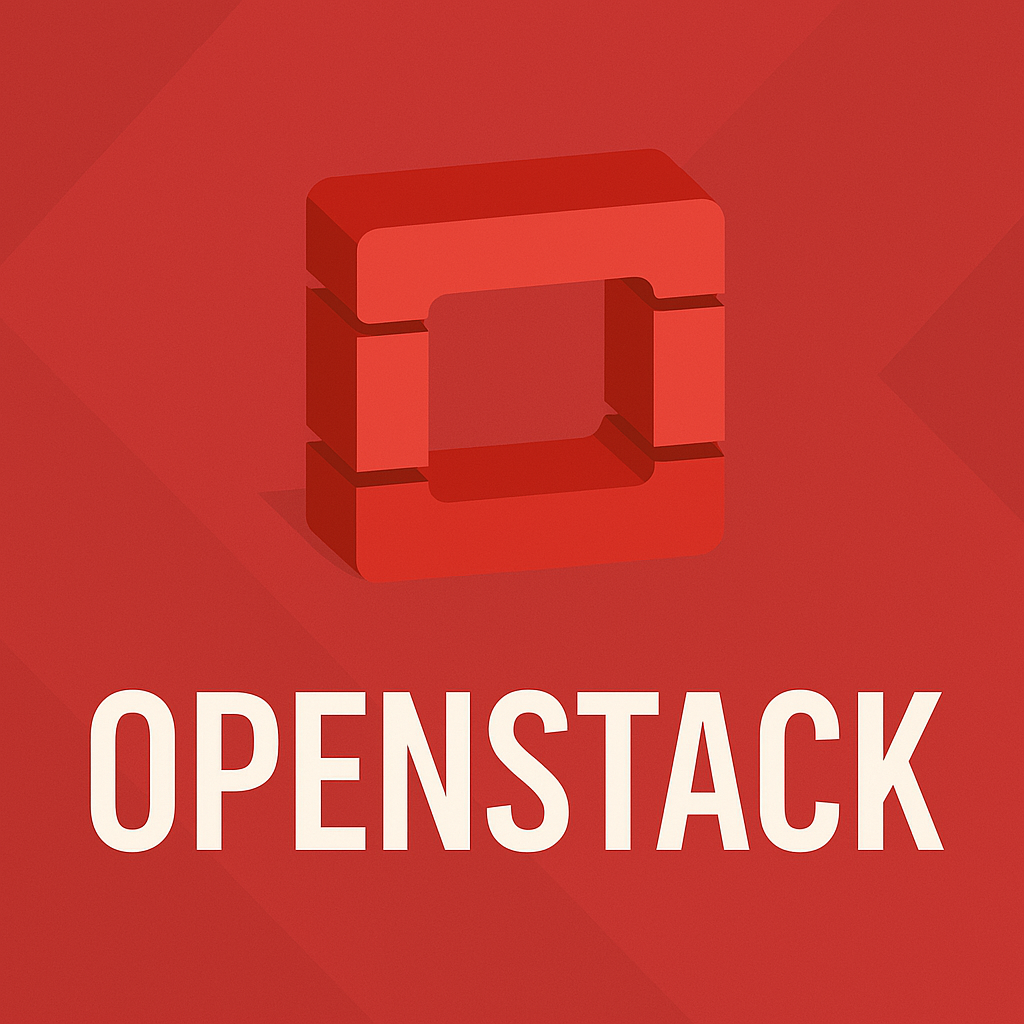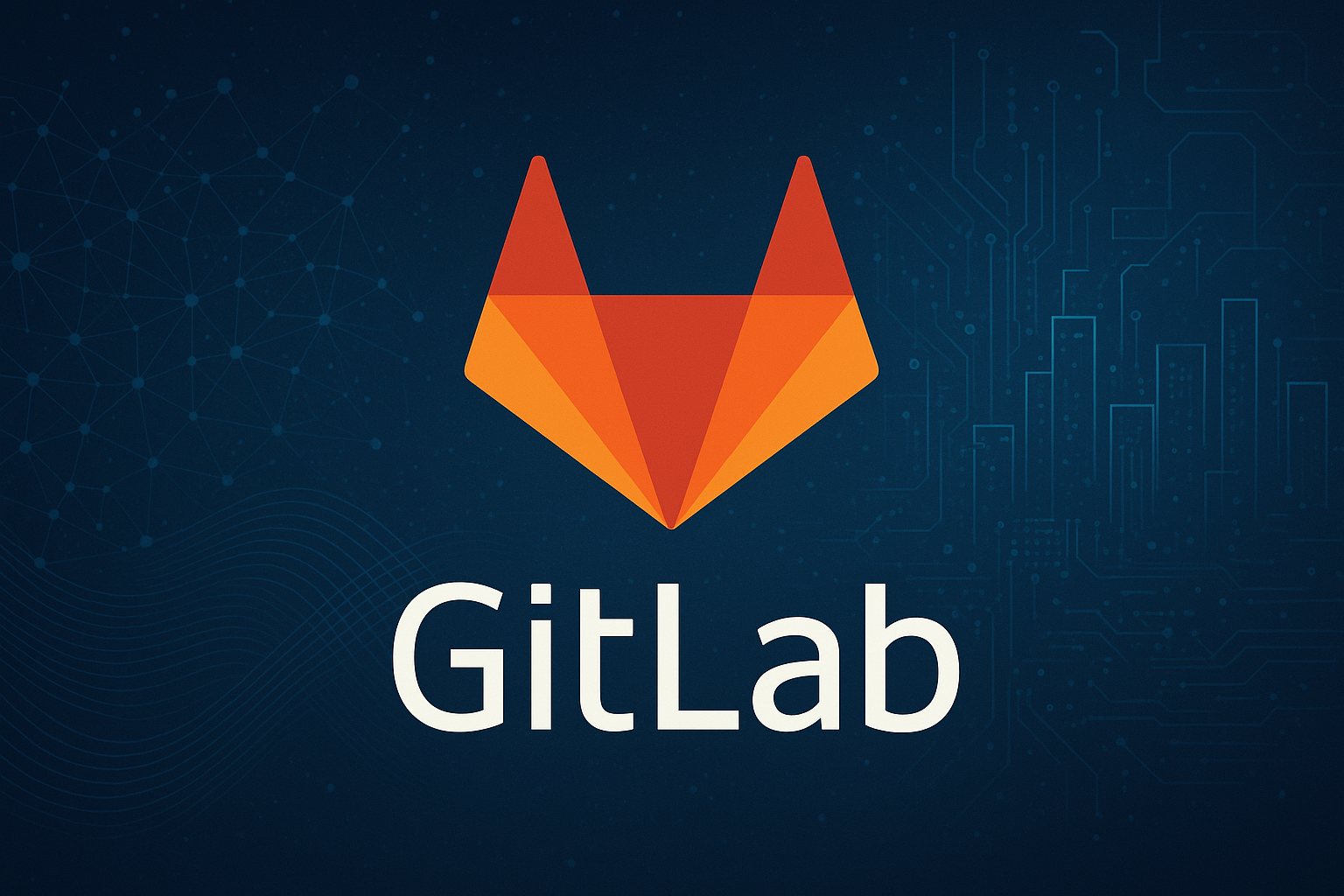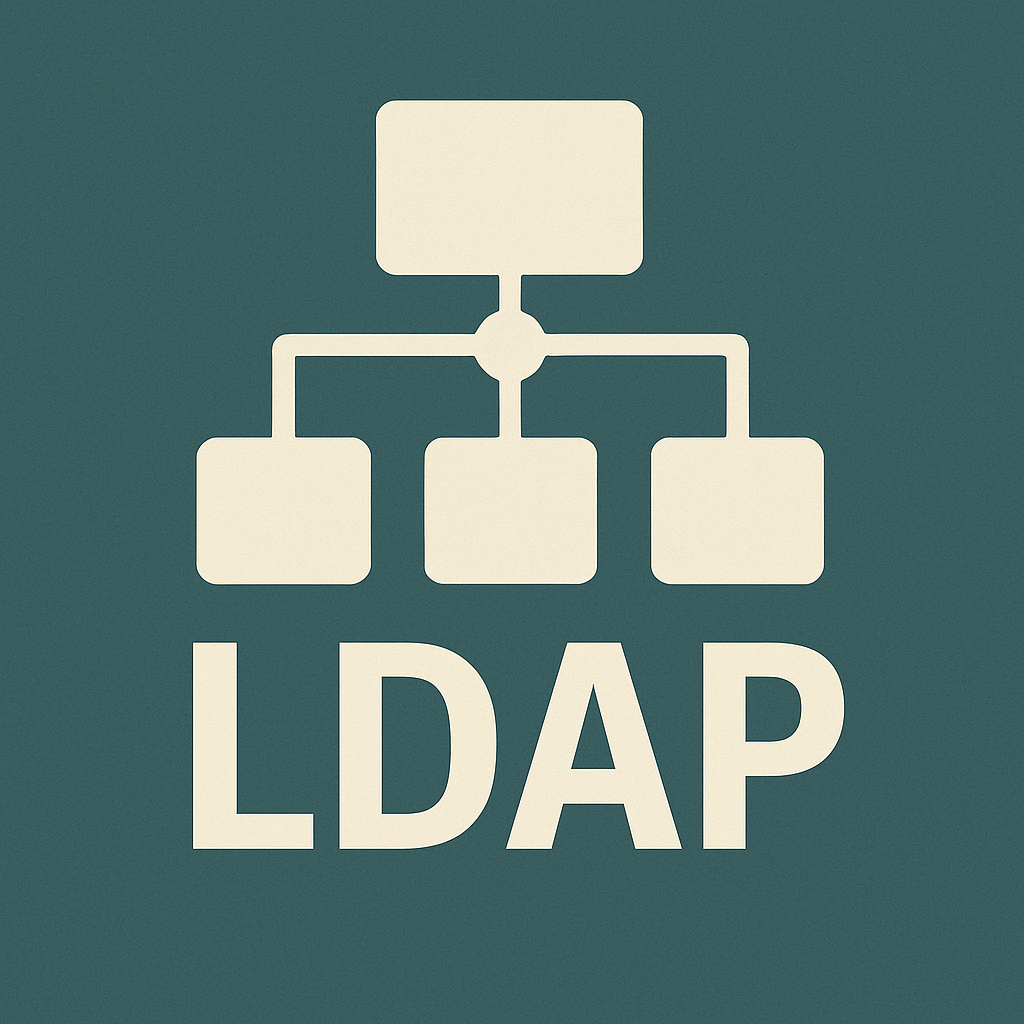Openstack Deployment Series Chapter0:Overview
What is OpenStack?
OpenStack is an open-source cloud computing platform designed to provide scalable, flexible, and robust Infrastructure as a Service (IaaS). Through a suite of modular services—such as compute, storage, and network management—it offers enterprises and organisations a solution for building private or public clouds. OpenStack supports a range of virtualisation technologies, including KVM, Xen, and VMware, making it suitable for cloud environments of varying sizes and requirements.
Drawbacks of OpenStack:
Complex architecture and heavy deployment:
OpenStack is highlymodular—eachfunction (like Nova, Neutron, Cinder, etc.) operates as an independent service. Deploying and integrating them involves considerable complexity, and upgrading or maintaining such a system comes with a high operational cost.Performance overhead:
The control plane and scheduling logic introducelatency. For performance-critical, large-scale internet services, OpenStack is often not lightweight enough.Limited flexibility despite high customisability:
While it is theoretically highly customisable, making significant changes requiresdeep knowledge of its internal workings. This demands strong in-house development capability.
Domestic cloud platform:
Alibaba Cloud’s
Apsarais indeed its self-developed cloud platform, supporting massive computing, storage, and networking needs. Although early iterations may have drawn on open-source tools, it’s now fully proprietary.Tencent Cloud’s
vStationwas an earlier name for part of their virtualisation platform. This evolved into a broader internal infrastructure, with “TStack” and the “Xingxinghai” architecture forming the basis of Tencent’s cloud platform.
Cloud Platform Base Comparison Table
| Cloud Provider | Core Platform (Base) | OpenStack-Based? | Notes |
|---|---|---|---|
| Alibaba Cloud | Apsara (飞天) | ❌ No | Fully in-house developed. Highly optimised for Alibaba’s scale. |
| Tencent Cloud | TStack / vStation | ❌ No | Self-developed virtualisation and orchestration stack. |
| Huawei Cloud | FusionSphere | ✅ Yes (modified) | Based on OpenStack, heavily customised and commercialised. |
| Baidu Cloud | ABC Stack | ❌ No | Proprietary platform optimised for AI and big data workloads. |
| Open Telekom Cloud | Based on OpenStack | ✅ Yes | European carrier cloud offering. Standard OpenStack distribution. |
| OVHcloud | Based on OpenStack | ✅ Yes | One of the largest OpenStack-based public clouds. |
| Red Hat | TripleO (OpenStack) | ✅ Yes | Red Hat’s IaaS/PaaS offering, often used for private cloud setups. |
| Google Cloud | Proprietary Infrastructure | ❌ No | Uses fully in-house cloud platform. OpenStack not used. |
| Amazon Web Services (AWS) | Proprietary Infrastructure | ❌ No | Entirely proprietary and highly integrated platform. |
| Microsoft Azure | Proprietary Infrastructure | ❌ No | Microsoft’s fully self-developed cloud ecosystem. |
Server Configurations
One Controller node + One Compute node.
| Hostname | IP address | Operating System | OpenStack Version |
|---|---|---|---|
| controller | Management Network:192.168.225.33 Provider Network:No IP addr |
Rocky 9.5 | Dalmatian (2025.1) |
| node | Management Network:192.168.225.34 Provider Network:NO IP addr |
Rocky 9.5 | Dalmatian (2025.1) |
Modular-each Services
Controller
Identity service: Used for user authentication and authorisation.
Image service: Used to store and manage virtual machine images.
Placement service: Used for resource tracking and allocation.
Compute management component: Manages the lifecycle of virtual machines.
Networking management component: Handles the management of network resources.
Various networking agents: Implement networking functions.
Dashboard: Provides a graphical user interface for management.
Cinder block storage: Offers block storage services.
Manila file sharing service: Provides file sharing capabilities.
SQL database: Stores data for OpenStack services.
ETCD database: Stores distributed configuration data.
Message queue: Facilitates communication between services.
NTP (Network Time Protocol): Ensures time synchronisation across components.
Compute
Compute management component: Manages the lifecycle of virtual machines.
KVM virtualisation component: Responsible for running virtual machines.
Networking agent: Implements networking functions.






